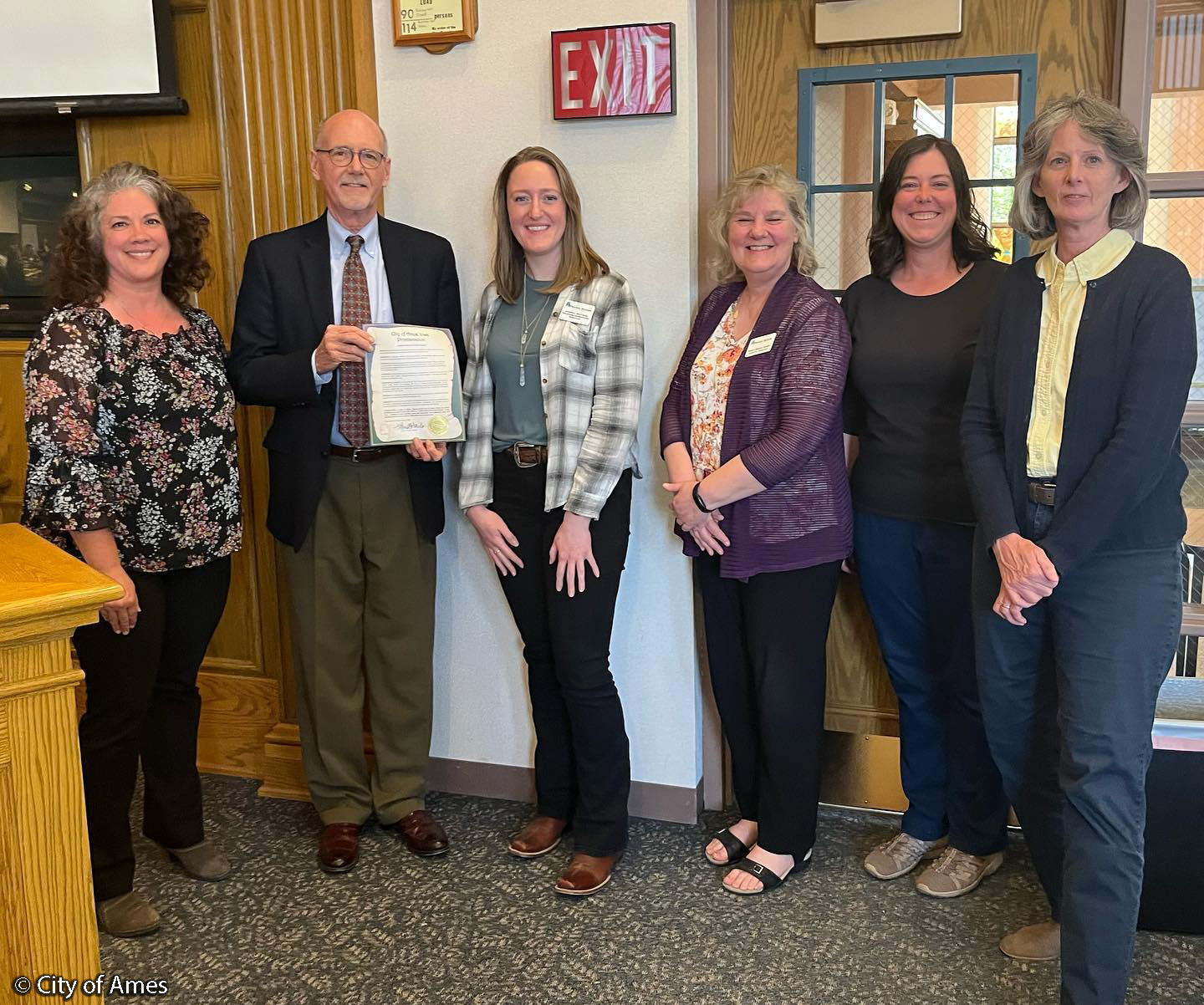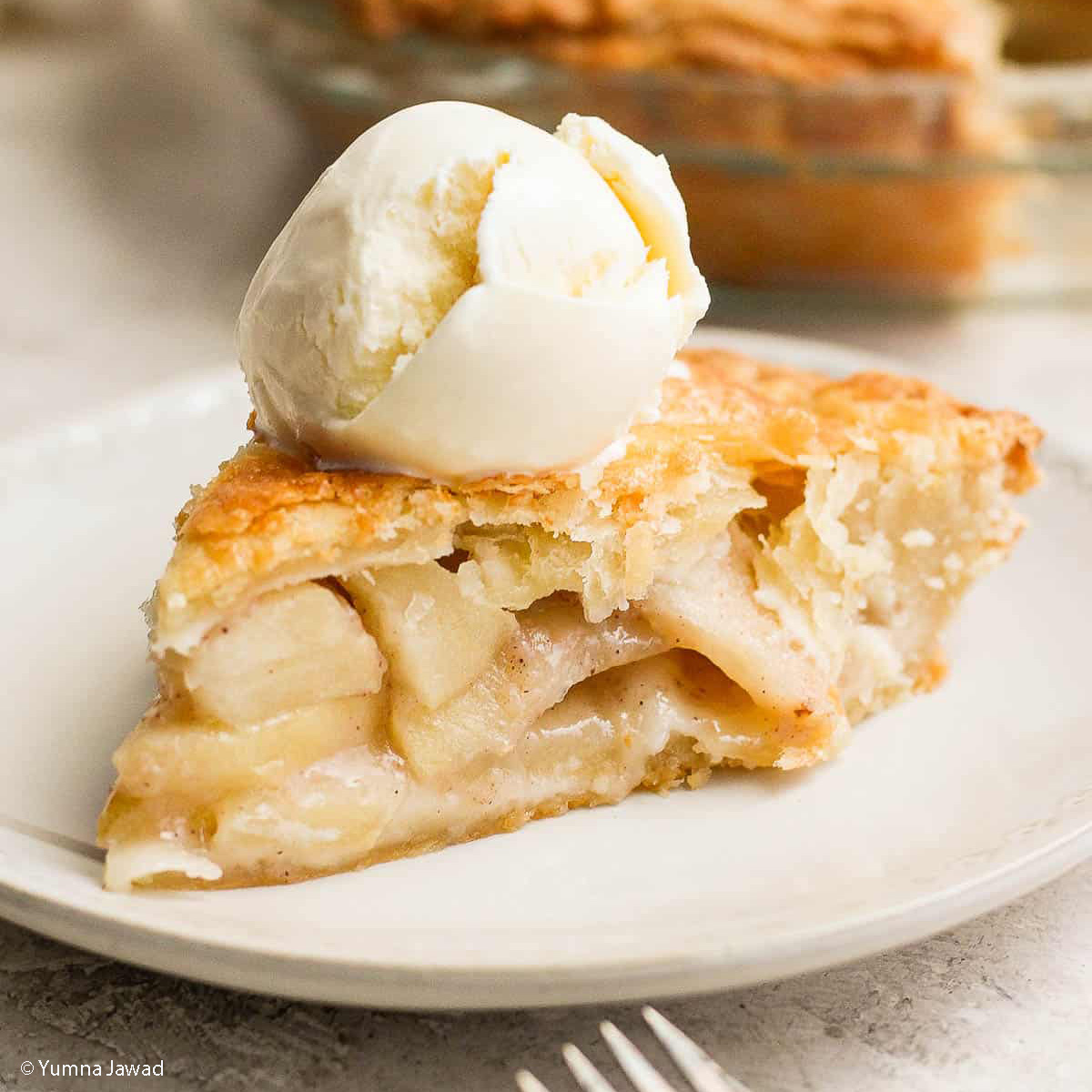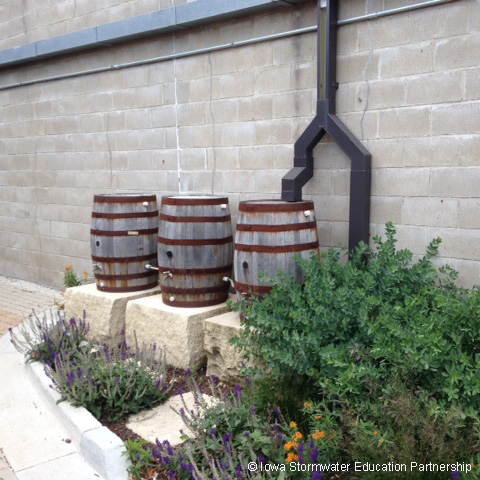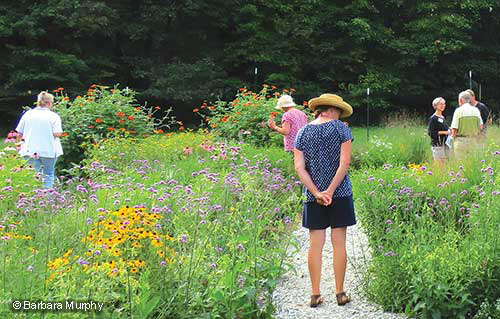Prairie Rivers of Iowa, Ames Public Works, and the Pollinator Task Force with Mayor Haila proclaiming Pollinator Week and the Ames Pollinator-Friendly Community Plan.
June is National Pollinator Month!
We are *buzzing* with exciting news! Mayor John Haila recently proclaimed National Pollinator Week in Ames, starting on Monday, June 19. Additionally, Haila announced a plan to make Ames a more pollinator-friendly city! To our knowledge, Ames is the first city in the United States to create its own 10-year plan, tailor-made for Ames residents and Iowa-native pollinators. Prairie Rivers of Iowa partnered with the City of Ames Public Works Department to organize a Pollinator Task Force, comprised of Ames residents, who came together to write the City of Ames Pollinator-Friendly Community Plan. Prairie Rivers and the City of Ames are now calling on even more residents to get involved in implementing this 10-year plan. You may be asking: ‘Why proclaim a national pollinator week, and why should we have a plan concerning pollinators for Ames?’. Because supporting pollinators is supporting the Ames community!
Supporting Pollinators = Supporting Our Food
A pollinator is any animal (insect, bird, mammal) that moves pollen between flowers (the Ames Pollinator Plan focuses on supporting native bees, butterflies, moths, and other insects). The pollen exchange facilitated by pollinators allows plants to be fertilized and consequently grow fruits and seed. The fruits and seed produced with the help of pollinators is infinitely important! About one-third of our global food supply depends upon pollinators. If you like almonds, apples, tomatoes, or even steak and butter, you have pollinators to thank. Wait, steak and butter? Yes indeed. Pollinators are very important in producing seed for growing alfalfa, a hay crop fed to beef and dairy cattle. Without hay in livestock rations, it would be harder to access all things cattle, from ice cream to beef tacos. Lastly, almost 90% of flowering plants depend on pollinators! If you like seeing wildflowers on hikes or along roadsides, then you should want to keep pollinators around. Imagine if we lost nearly all of our flowering species? Our landscapes would be quite boring and colorless, and our plates would look more empty.
Supporting Pollinators = Supporting Ames’ Natural Resources
Yes, pollinators are very important for food crops at the national and global scale. But what are some benefits that we will be able to see locally, here in Ames? We’ll list two: 1) our water quality and 2) our soil health could be improved by planting pollinator habitat. One of the best ways to support pollinators is by planting native vegetation, or plants that have evolved and are originally from Iowa. Pollinators eat the nectar and pollen of these plants, and some also create nests in their stems. Many native plants are perennial, and because of this have expansive, thick root systems. Planting a patch of native plants is similar to casting a thick, wide net underground. This net of roots holds soil in place on slopes, soaks up extra water during heavy rain, and absorbs excess chemicals such as fertilizers and pesticides as water moves through. These actions provided through native vegetation will lower erosion, mitigate flooding, and keep our local waterways cleaner if planted in the right areas.
Additionally, because these plants are well-adapted to Iowa, they need fewer inputs such as pesticides and thrive without fertilizer. This creates a low-input, sustainable planting system. Lastly, creating a good pollinator habitat will create a good human habitat (see graphic on page 4 of link). Bear with me here. Being surrouned by greenery and wildlife such as butterflies reduces stress and stimulates curiosity and creativity. Strategically planting more diverse vegetation and flowering plants may increase the observations of birds, butterflies, and other wildlife, which could have a positive impact on the mental health of Ames residents. This plan will support the pollinator community to address food insecurity, ecological health, offset the impacts of climate change, and will serve as an example for other cities around the world. Supporting pollinators truly supports the Ames community and beyond!
So What’s in this Plan?
The vision of the Pollinator Plan is for the City of Ames “to become a leader in developing and sustaining pollinator habitat that will enrich the quality of life for the human and biological communities of Ames“. Besides creating habitat that benefits pollinators and people, this plan also contains four pathways to bring this vision to life: 1) public education about pollinators and other important wildlife in Ames, 2) policy enhancements to support habitat implementation in the city, 3) research current and future conditions for pollinators and residents, and 4) the creation/strengthening of partnerships to use all resources to the fullest potential. Through education, policy, research, and partnerships, our plan will leverage the excitement and interest in pollinators to reach a beautiful vision of Ames: a more engaging, sustainable, beautiful, and healthy place that will not only serve pollinators, but the people and visitors of Ames.
You can read the plan in its entirety on the City of Ames’ Bird and Pollinator Friendly Community webpage!
Do you live in the Ames area? Are you excited to be a part of this vision for Ames? If so, click the blue button to fill out our volunteer form! You can also contact Katelyn Rinicker at krinicker@prrcd.org or call 515-232-0048 to let us know you are interested in volunteering!




